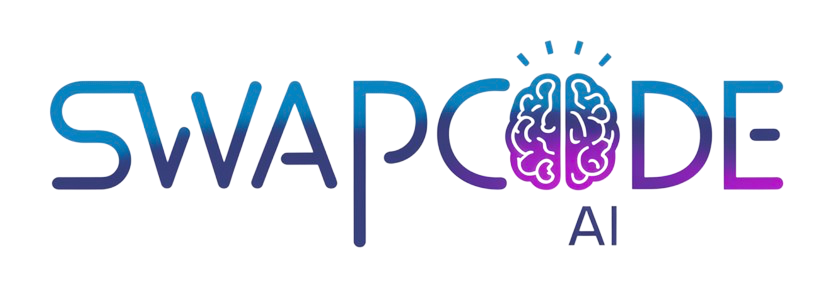Code Converter
Convert code between 100+ programming languages instantly with AI. Free, accurate, and preserves your code logic.
Select your source and target languages below to start converting code.
Paste code in both editors to see differences
Hint: Paste original code on left, modified code on right, then click Compare to see differences highlighted.
Hint: Paste your code, customize font size and line numbers, then click Export PDF to download formatted code.
Hint: Paste your JWT token to decode and view its header, payload, and signature. The tool validates token structure and format.
Hint: Select conversion type, paste your data, and get instant conversion. Supports JSON, YAML, XML, Excel, PDF, and more.
Issue Description
Hint: Paste your code, select source and target languages, then click Convert to translate your code.
Related Developer Tools
Free online code debugger tool.
Generate code instantly with AI.
Convert and transform data formats instantly. Free online code to pdf converter.
Convert and transform data formats instantly. Free online code to word converter.
Convert and transform data formats instantly. Free online hex to cmyk converter.
Convert and transform data formats instantly. Free online pms to hex converter.
Popular Language Conversions
All Supported Languages
Frequently Asked Questions
How does the code converter work?
Our AI-powered code converter analyzes your source code, understands its logic and structure, and translates it into your target programming language while preserving functionality.
Is the code conversion accurate?
Yes, our AI model is trained on millions of code samples and achieves high accuracy in code conversion. However, we recommend reviewing the converted code, especially for complex logic.
Is my code kept private and secure?
Absolutely. Your code is processed securely and is not stored on our servers. We use industry-standard encryption and your code is only used for the conversion process, then immediately discarded.
Which programming languages are supported?
We support over 100+ programming languages including Python, JavaScript, Java, C++, C#, Go, Rust, TypeScript, PHP, Ruby, Swift, Kotlin, and many more. You can convert between any combination of supported languages.
Is the code converter free to use?
Yes! We offer free conversions with generous limits. For unlimited access and priority processing, check out our premium plans. Free users can convert code instantly without registration.
